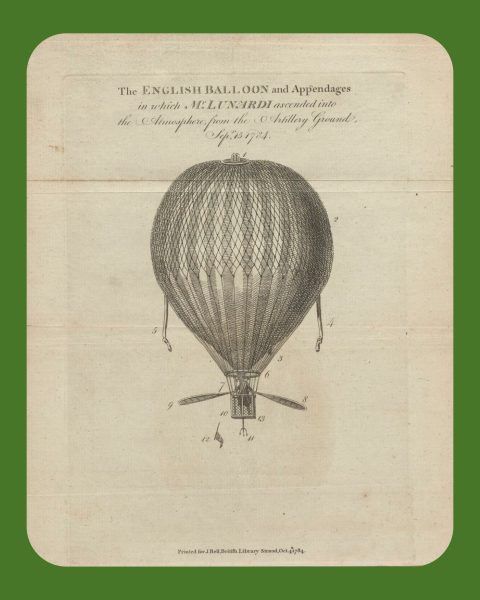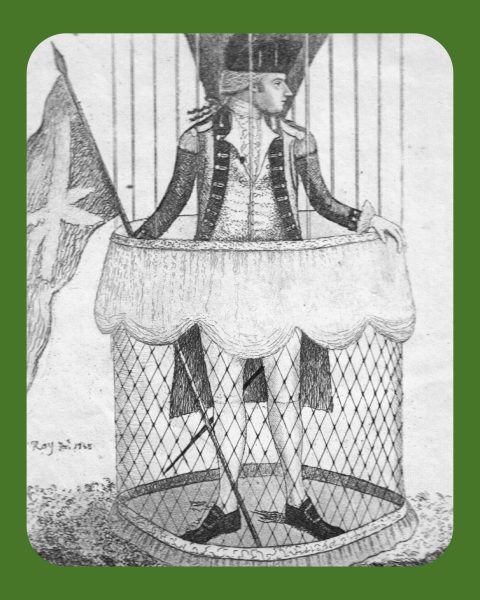Our History
The building that houses White Cloth Hall has a long and storied past, having been part of the fabric of the city since 1775.
White Cloth Hall was once a bustling merchant yard with over 1,200 traders. The section we occupy today forms the old western entrance, which was previously attached to the Assembly Rooms to the north. Much of the original hall was demolished in 1865 to make way for the railway viaduct leading to Leeds train station.
Leeds has witnessed many remarkable events over the years! On Monday, 4 December 1786, the famous daredevil aeronaut Vincenzo Lunardi visited Leeds on the final stop of his tour of Britain. Departing from White Cloth Hall, Lunardi became the first person to explore the skies above Leeds in a hot air balloon. The event attracted a crowd of 30,000 spectators, each paying 5 shillings to witness his last ascent into the British atmosphere.
However, the flight did not go entirely to plan. Unable to gain sufficient altitude, the balloon crash-landed in a tree near Bramham Park before eventually touching down in Thorpe Arch.
Another fascinating chapter in White Cloth Hall’s history is its connection to The Grand Allied Circus, a renowned traveling circus owned by Pablo Fanque. A trailblazer in his field, Fanque was the first Black circus owner in Britain. He is buried in Leeds Cemetery, and there is a blue plaque in his honour on Lands Lane in the city.
Our current branding and posters are inspired by the vibrant circus posters of that era.
In its later years, the building served as a plumber’s merchants before falling into disrepair. In 1988, the Leeds Development Corporation acquired the property and began work to divide it into three separate units.
The building has also been a muse for renowned Leeds photographers, who have captured it in various states of disrepair and transformation including the iconic Peter Mitchell. You can find one of his iconic prints in the café area.
In the 1990s, the main hall became home to an iconic pizza restaurant, which was at the centre of a lively Leeds nightlife district at the time with bars and clubs filling the archways and buildings nearby.
After falling into disrepair again following the pandemic, the building was acquired by the team behind Whitelock’s Ale House – Leeds’ oldest pub. who recognised the opportunity to breathe new life into this historic building. Today, it has been revitalised as a modern food hall for everyone to enjoy.








